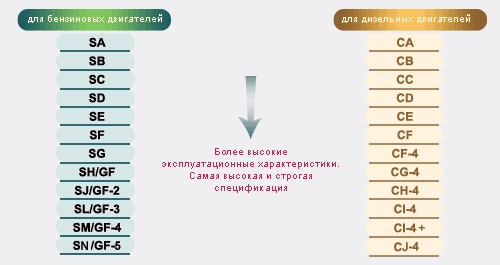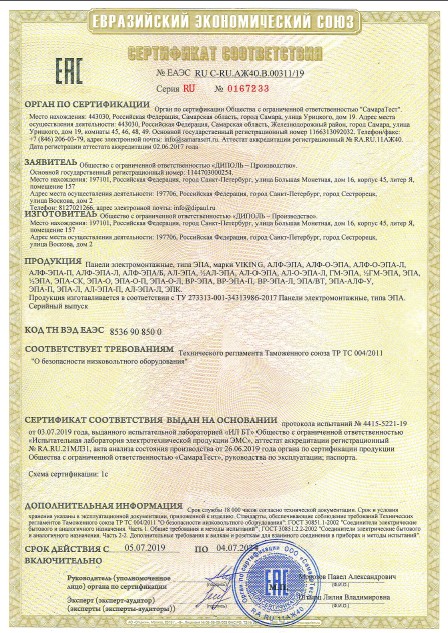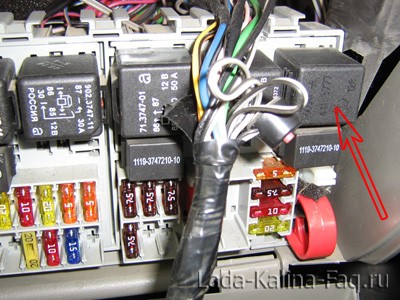
What does API mean in engine oil?
The engine oil API designation stands for American Petroleum Institute. API is the largest trading organization in the oil and gas industry. In addition to numerous tasks, API distributes more than 200,000 copies of its technical documentation annually. These documents discuss the technical standards and requirements needed to achieve the standards.
The scope of the API covers not only the oil and gas industry, but also any industry that affects oil interests. Thus, the API supports categories as diverse as the API standard for precision thread gauges, compression ignition (diesel) engines, and oils.
API oil classification system
Among the many API standards, there is a system that ensures that the oil provides uniform engine protection. Called the SN classification system and approved in 2010, it replaces the old SM system. The CH system provides:
• Improved piston protection at high temperatures. • Improved sludge control. • Improved compatibility with seals and oil treatments (detergents).
To fully comply with the SN standard, the oil must also provide the best:
• Automotive exhaust system protection • Automotive turbocharging system protection • Ethanol-based fuel compliance
If a petroleum product meets all of these requirements, it is considered SN compliant and receives API approval. For consumers, this means that the oil is affordable, effective, complies with all applicable federal and state regulations, protects the environment, and meets all safety standards. This is quite an aggressive agenda.
API mark of approval
When an oil is approved to meet the SN standard, it receives the equivalent of an API seal. Called the donut by the API, it looks like a donut because it defines the standards that the oil meets. In the center of the donut you will find the SAE rating. To be approved for full compliance, an oil must fully meet SAE oil viscosity standards. If an oil meets SAE (Society of Automotive Engineers) requirements, it receives an appropriate viscosity rating. So an oil approved as SAE 5W-30 oil will show that approval in the center of the API donut. The inscription in the center will read SAE 10W-30.
You will find the automotive product type on the outer ring of the API ring. Indeed, this is the beauty of the API system. With one token of approval, you'll find out more information. In this case, the outer ring of the API donut carries information about the type of vehicle and the year of manufacture of the vehicle.
The vehicle ID is either S or C. S means the product is for a gasoline vehicle. C means the product is for diesel vehicle. It appears to the left of the two-letter identifier. On the right side you will find the model year or model era designation. The current model designation is N. Thus, a petroleum product that wins API conformance has the identifier SN for the current gasoline vehicle and CN for the current diesel vehicle.
Note that the new common standard is called the SN standard. The new standard, developed in 2010, applies to vehicles manufactured since 2010.
The Importance of API Compliance
Like SAE compliance, API compliance provides consumers with an additional level of confidence that a petroleum product meets a certain level of standardization. This standardization means that if a product is labeled 10W-30, it meets viscosity standards over a wide range of temperature conditions. Indeed, this oil will act like a 30 viscosity oil, providing that level of protection from about minus 35 to about 212 degrees. The API standard tells you if a product is for a gasoline or diesel engine. Finally, this standard tells you that the oil products are the same in New York, Los Angeles, Miami, or Charlotte.

